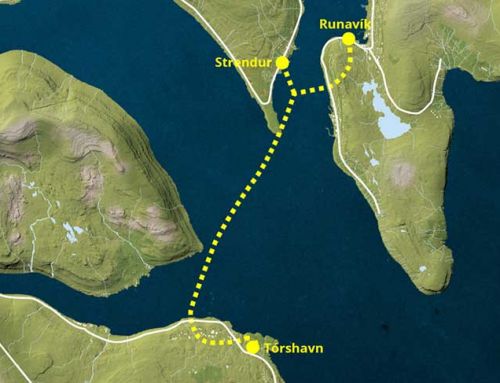This historic building was inaugurated on 14th October 1988 as a museum dedicated to the legacy of Enver Hoxhal, Prime Minister and leader of communist Albania, who died three years earlier. However, after 1991, following the collapse of the communist bloc on the European continent, the building was abandoned for several years, until it was reused as a conference and exhibition centre in the Albanian capital. It was then that it became known by its current name, the Pyramid of Tirana. A few years later, in 1999, during the Kosovo war, NATO used the old building as a base. Since 2001, several of the country’s media outlets have had their offices in part of it, while the rest of the structure suffered from deterioration and vandalism.


A poll published in 2015, however, showed that a majority of Albanians opposed the demolition of the building. It was in 2017 that the Tirana Municipality, Albanian government authorities and the Albanian-American Development Foundation agreed to convert the building into a facility dedicated to the country’s youth. Finally, last year, 2023, the new, commendable transformation of the Pyramid, perhaps the final one, was completed, this time by the architectural firm MVRDV.

In the words of those responsible for the design and renovation of the concrete structure, the Pyramid is now an “open sculpture” in the centre of a new park. In that park and also within the “sculpture” itself, scattered as if thrown at random, “colourful boxes” contain cafés, studios, workshops, start-up offices, business incubators, festival spaces and a series of classrooms “where Albanian youth will learn various technology subjects for free“. Finally, very long staircases run the full length of the building’s sloping façades, allowing Albanians to literally walk on top of it, or climb to the observation deck at the top to look out over the city. On the west side, a lift provides access for those who cannot climb the steps. A sloped section is for the younger ones to ride down as if on a slide. MVRDV architects add that the new Pyramid retains some original details and therefore preserves “its complex history“.
MVRDV notes that the non-profit educational institution TUMO, founded in Armenia in 2011 and with branches across Europe, will run part of the spaces “against the ‘brain drain’ that threatens the economy of countries like Albania”. In these spaces, TUMO will offer free after-school education to young people aged 12-18 in new skills such as programming, robotics, animation, music and film. The rest of the “coloured boxes” will be available to the general public for rent or to set up shops and businesses, or catering services. In addition, the conversion project “demonstrates that historic brutalist buildings are ideal for reuse“. Indeed, “rather than wastefully demolish the structure, its robust concrete shell is adapted along circular economy principles”.

RELATED STORIES
Newsletter





